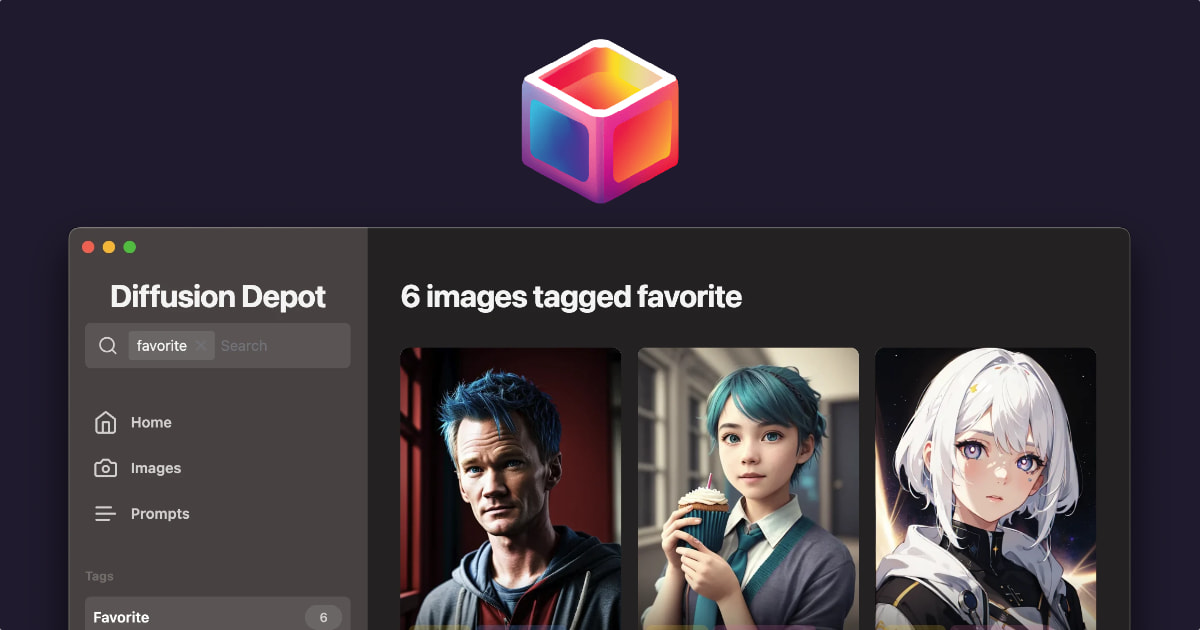'I don't know' isn't in an LLM's vocabulary by default. By understanding how they work and using clever prompting techniques, we can guide them to admit when they don't know something or when a response isn't needed. It's all about shaping the context and giving clear instructions.
TV Sort: Engineering the ultimate TV episode ranking system
I built TV Sort, an open-source TV episode ranking game that ditches the usual 1-10 ratings for a unique, human-driven sorting algorithm that pits episodes against each other. The game draws from TMDB, IMDb, and Wikipedia, with a bit of GPT thrown in for good measure.
useJourney, a React hook for building user journeys
useJourney is a React hook designed to make the construction of user journeys simple and manageable. It delicately combines the features of state machines with the flexibility of a steps-based approach.
Diffusion Depot, the smart image manager for Stable Diffusion, Midjourney, and DALL-E
After generating thousands of AI images, I needed a better way to manage them. So I created Diffusion Depot, an Electron app that lets you tag, filter, and organize AI-generated art. It uses AVIF compression and windowing for smooth performance, even with large collections. The app is nearly complete, with a few bugs to iron out before launch.
My coworkers are GPT-4 bots, and we all hang out on Slack
I created a Slack workspace filled with GPT-4 powered bots, each with unique personalities. They interact with us and each other, making our workdays more entertaining and sometimes even productive. This experiment has shown me the potential (and limitations) of AI in everyday work environments, and it's been a wild ride.
Automated customer support with GPT-4, but it's actually good
I built a system that uses GPT-4 to generate customer support responses and create GitHub issues from support tickets. It's not replacing humans, but it's making our team 10x more efficient. The AI handles initial responses and ticket summaries, allowing developers to focus on problem-solving.
How I work 70 hours a week without burning out
A year ago, I could barely work 20 productive hours a week. Now, I work 70 hours while maintaining a healthy lifestyle. The key was building small, consistent habits using a productivity app, starting with basic routines like regular sleep and gradually adding more. It's not about perfection, but continuous progress and treating each day as a fresh start.






